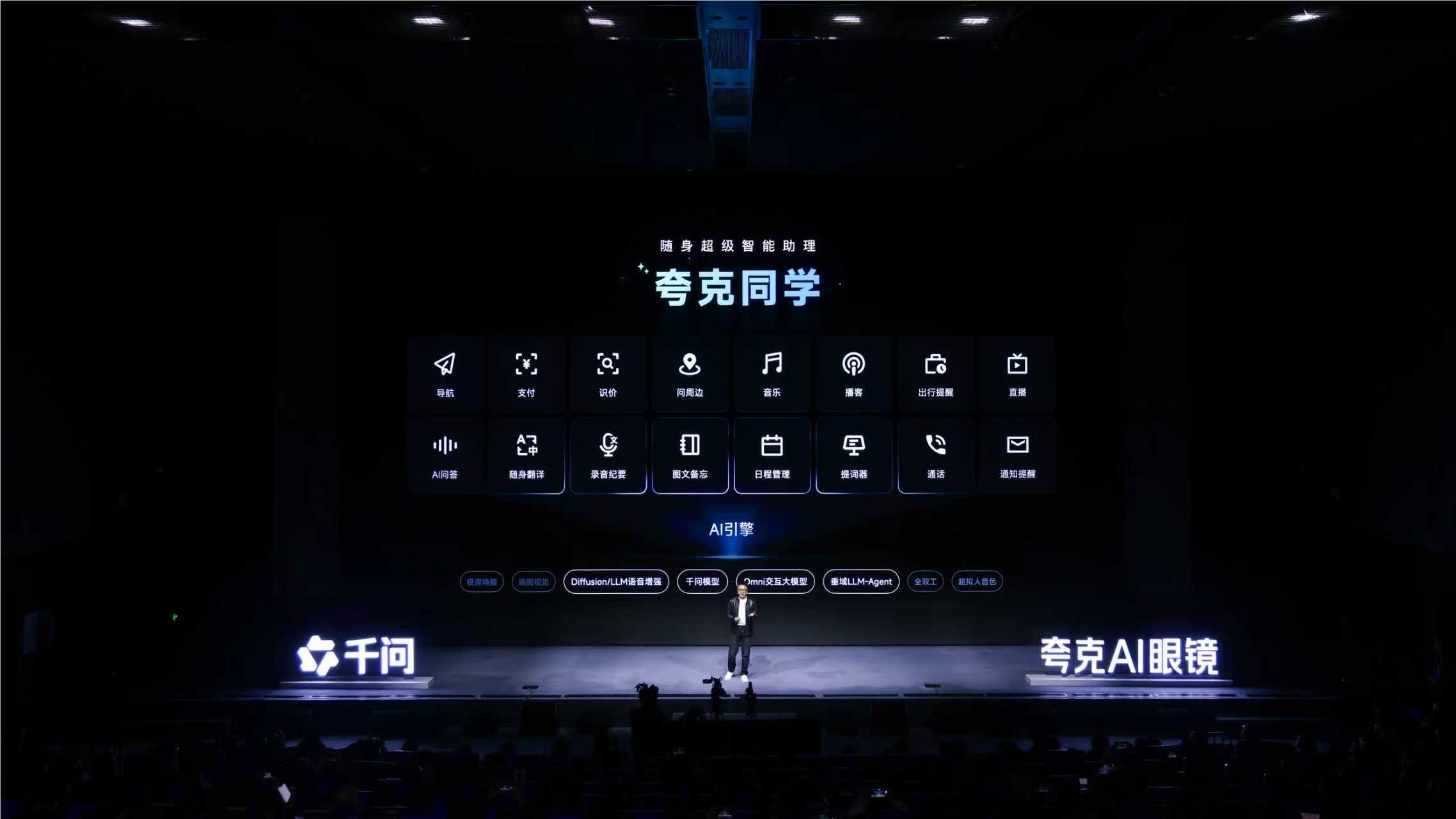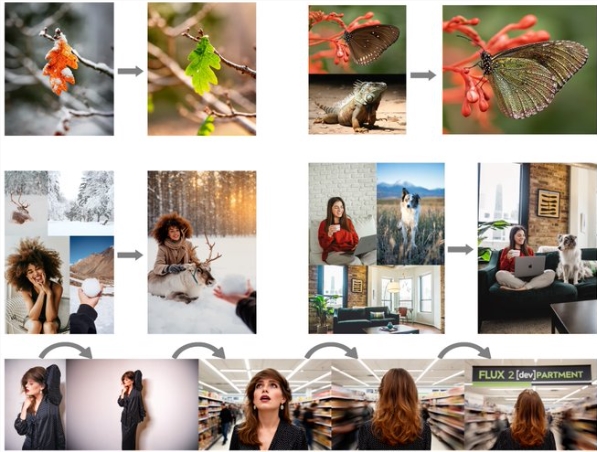In multimodal tasks, Vision-Language Models (VLMs) play a crucial role in areas such as image retrieval, image captioning, and medical diagnosis. The goal of these models is to align visual data with language data for more efficient information processing. However, current VLMs still face significant challenges in understanding negation.

Negation is vital in many applications, such as distinguishing between "a room without windows" and "a room with windows." Despite significant progress made by VLMs, their performance drops considerably when handling negative statements. This limitation is particularly important in high-stakes fields such as security monitoring and healthcare.
Existing VLMs, like CLIP, use a shared embedding space to align visual and textual representations. While these models excel in tasks like cross-modal retrieval and image captioning, they struggle with negation statements. The root of this issue lies in the bias of the pre-training data, which is predominantly composed of affirmative examples, leading the model to treat negation as synonymous with affirmation. Consequently, current benchmarks like CREPE and CC-Neg use simple template examples that fail to reflect the richness and depth of negation in natural language. This poses a significant challenge for VLMs when performing precise language understanding tasks, such as querying complex conditions in medical imaging databases.
To address these issues, researchers from MIT, Google DeepMind, and the University of Oxford proposed the NegBench framework to evaluate and improve VLMs' understanding of negation. This framework assesses two fundamental tasks: Retrieval-Neg, which tests the model's ability to retrieve images based on affirmative and negative descriptions; and MCQ-Neg, which evaluates the model's performance in subtle understanding. NegBench utilizes a large synthetic dataset, including CC12M-NegCap and CC12M-NegMCQ, containing millions of captions that cover a rich variety of negation scenarios, thereby enhancing the training and evaluation of the models.

By combining real and synthetic datasets, NegBench effectively overcomes the limitations of existing models, significantly improving their performance and generalization capabilities. Fine-tuned models show marked improvements in both retrieval and understanding tasks, particularly with a 10% increase in recall when handling negative queries. In multiple-choice tasks, accuracy increased by up to 40%, demonstrating a greatly enhanced ability to distinguish between subtle affirmative and negative captions.
The introduction of NegBench fills a critical gap in VLMs' understanding of negation, paving the way for the development of more robust artificial intelligence systems, particularly in crucial fields such as medical diagnosis and semantic content retrieval.
Paper: https://arxiv.org/abs/2501.09425
Code: https://github.com/m1k2zoo/negbench
Key Points:
🌟 Researchers reveal the shortcomings of Vision-Language Models in understanding negation, primarily stemming from biases in training data.
📈 The NegBench framework significantly enhances model performance in retrieval and understanding tasks by introducing rich negation examples.
🔍 Fine-tuned models show significant improvements in accuracy and recall when handling negative queries, advancing the progress of artificial intelligence systems.









